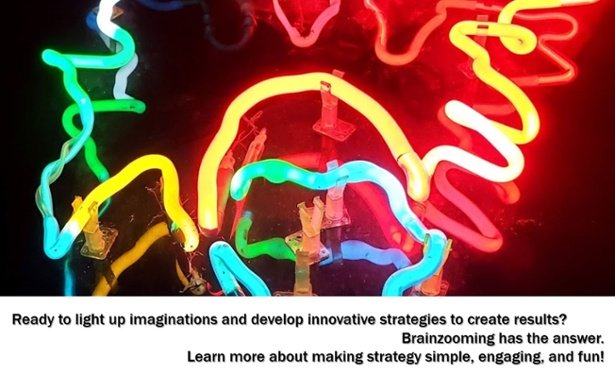During strategic leadership workshops, I urge everyone to master taking meeting notes. Note-taking has been instrumental to shaping strategies, priorities, and projects in meetings throughout my career, regardless of whether or not I was in charge.
4 Roles to Turn Note-Taking into Strategic Leadership

Turning note-taking into strategic leadership involves four different roles that start before any important meeting and extend beyond its conclusion. Here are the four roles and how you can use them to actively increase your presence, strategic role, and leadership in subtle but obvious ways.
#1. The Planner Role
Before any meeting in which you want to actively shape the outcome, anticipate key details, even if you’re not responsible for planning the meeting. Consider:
- What represents a successful outcome?
- To realize the outcome, what topics must participants address? What decisions and actions should result?
- What information, perspectives, and insights must participants share to facilitate the desired outcome?
This needn’t take long. You can explore answers inside of ten minutes. Your insights will shape a roadmap for the meeting’s activities and outcomes. The next step is crafting your informal agenda, regardless of whether the meeting planner created an agenda. Your version focuses on where to direct time and attention.
#2. The Journalist Role
During the meeting, the journalist role involves reporting on the discussions. Instead of taking notes at your seat, take notes in a visible way, whether that’s at a white board, easel, or via a projected document. Reporting on the meeting makes you a visual focus for participants. You are part of the meeting experience. To perform this role well:
- Listen intently as you take notes to determine when participants are addressing the key topics you identified
- Insert questions to steer participants to discuss the important topics
- Capture all the notes and graphics you can, highlighting the discussion items that will move the team forward
If you can, modularize the note taking via sticky notes (when writing) or a table (when typing). The ability to easily move and sort the notes provides a real advantage to demonstrating progress during the meeting.
#3. The Historian Role
You may have a tight agenda and thus a need to manage meeting discussions and activities aggressively. Even so, the chronological order in which a meeting unfolds rarely matches the way in which you’ll later need to process the information or make decisions. People participate, form insights, and share ideas independent of what’s planned in any specific moment.
That’s why you should never share meeting notes in chronological order. Instead, play the historian role: edit and organize the notes so that they reveal major themes. Group the notes in ways that make strategic sense, using frameworks and other decision support structures to lead participants toward developing additional insights, making decisions, and moving forward.
#4. The Strategist Role
The final role, that of the strategist, is to manage and document strategic conversations in formats that most directly support implementation. Translating ideas and comments into strategies entails:
- Editing notes so that each item conveys either a direction / intended outcome (strategy) or an action (tactic)
- Grouping the notes into related activity areas (with you or the team adding missing activities)
- Arranging the grouped, action-oriented notes in sequential order (to represent the steps in which you will implement them)
You can no doubt imagine the difference between handing participants a list of comments and presenting them with an initial action plan.
Strategic Leadership of Note
Note-taking is an overlooked gateway to shaping meeting outcomes and moving a team forward. Before any important meeting, prepare yourself for implementing the four-role, note-taking strategy. Your growth in strategic leadership will quickly follow. And if you already are a strategic leader, share this approach with your team members to help them develop and grow. – Mike Brown




